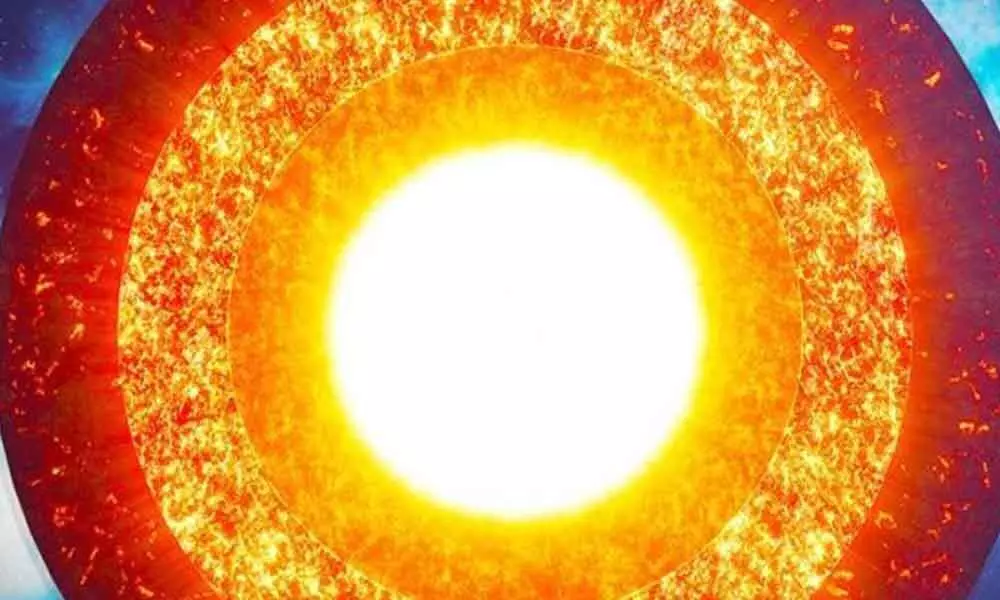Live
- Lakshmi Manchu emp hasises the importance of mental and physical health
- Telangana CM Condemns Attack on Allu Arjun's House; Strict Police Action Ordered
- Bail Granted to Six Accused in Allu Arjun Residence Attack Case
- Chief Minister Revanth Reddy Extends Best Wishes on Singareni Foundation Day
- Sukumar Hails Ram Charan's "National Award-Worthy" Performance in Shankar's 'Game Changer'
- CM Revanth Reddy to Hold Review Meeting with Senior Officials Today
- Pawan Kalyan's Visit to Penamaluru Constituency Today
- Kadapa Municipal Corporation Meeting: Heavy Police Deployment and Section 144 Imposed
- Mandhana, Renuka blow away Windies in first ODI
- Heavy rush for Bhavani Deeksha Viramana continues









